Each submission gets timestamped with EST time and gets a unique identifier
assigned, example:
S10056

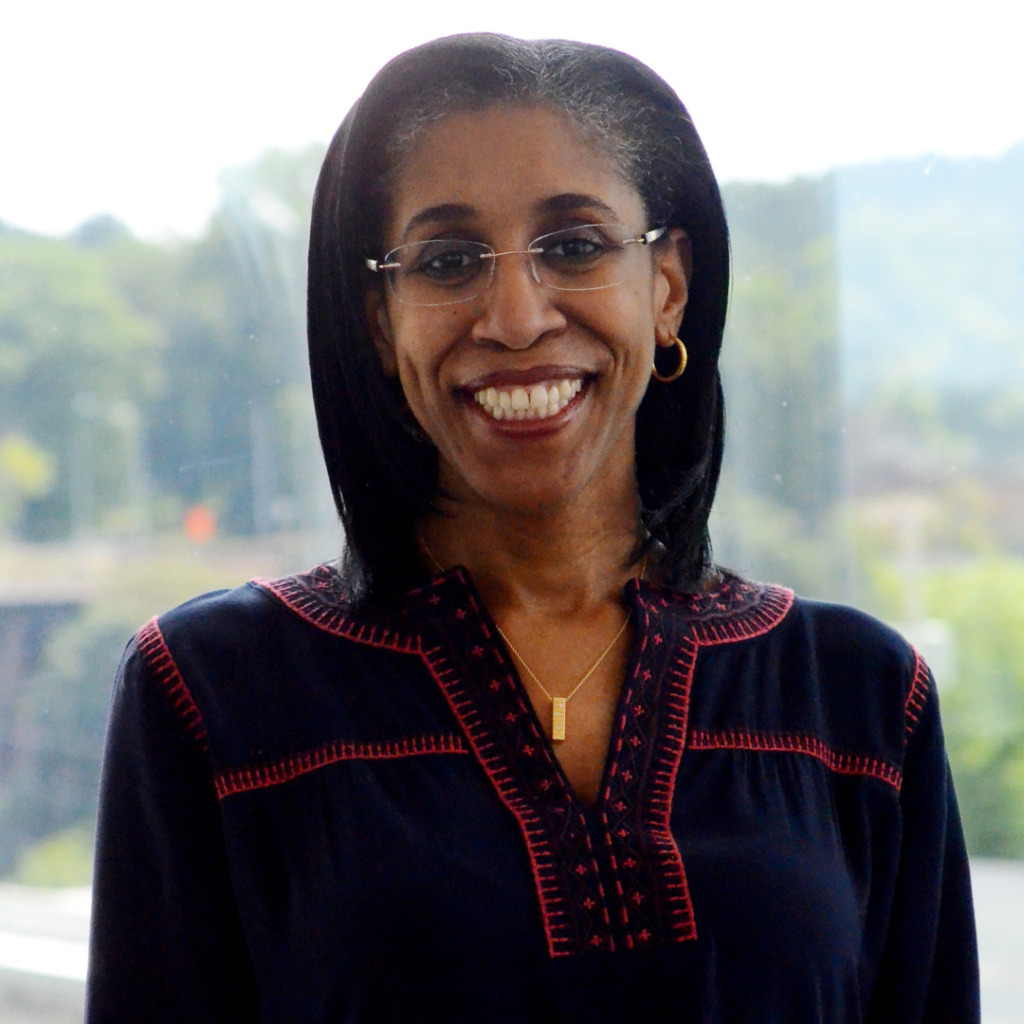
May 26, 2021
by: Tiara Hughes, NOMA
Dr. Erica Cochran Hameen is the Incoming Director of Diversity, Equity and Inclusion, the Co-Director of the Center for Building Performance and Diagnostics (CBPD), Track Chair of the Doctor of Professional Practice program, and the Architecture, Engineering & Construction Management (AECM) PhD program and an Assistant Professor at Carnegie Mellon University (CMU). Prior to joining CMU, Dr. Cochran Hameen served as a Designer for over 50 educational, media and broadcast, residential, community, and transportation facilities. She holds multiple honors including the Pittsburgh Courier Women of Excellence Award, and an AIA award for Diversity Recognition for the UDream program at CMU. Erica holds a B.Arch from Virginia Tech, a MS in Sustainable Design and a Ph.D. in Building Performance & Diagnostics from CMU. Dr. Cochran Hameen leads national efforts focused on sustainability, occupant health and productivity, Indoor Environmental Quality (IEQ), energy policy, energy efficiency, and design equity. Her building energy expertise outside of her professional Architecture and Construction Management projects includes teaching over 35 undergraduate and graduate level courses, advising over 100 built environment Masters and PhD theses, over 70 publications, multiple team project recognitions by the White House during the Obama Administration, a multitude of invited lectures, spearheaded or directed both architecture and diversity focused programs and fundraising initiatives valued at almost $2 million, and served as the Principal Investigator and Co-Principal Investigator for over $1 million in research from the Department of Energy and the Department of Defense focused on energy efficiency and sustainability measures. She serves as Treasurer for the Pittsburgh Green Building Alliance Board of Directors and Vice Chair for the Phipps Conservatory and Botanical Gardens Board of Trustees.
Tiara Hughes: How did you first become interested in architecture?
Dr. Erica Cochran Hameen: As a child, I always loved building things out of available materials including legos, wood blocks, cardboard, and leftover household products. I would dismantle toys and games so I could learn how they were constructed then put them back together. My sister and I also spent countless hours constructing buildings from cardboard, furniture and pillows. Additionally, each month I looked forward to the next issue of my mother’s Southern Living Magazine so I could see the featured house designs and floor plans. Arts & Crafts along with drawing were exciting for me plus I enjoyed math. In the seventh grade I decided that I would become an Architect. This led me to Brooklyn Technical HS where I was able to major in Architecture. High school was an opportunity for me to take classes such as wood shop, metal shop, drafting, and structures. While in high school, I joined the Junior Engineers Technical Society (JETS) where I was able to learn more about the practice and prepare for college.
“Arts & Crafts along with drawing were exciting for me plus I enjoyed math. In the seventh grade I decided that I would become an Architect. This led me to Brooklyn Technical HS where I was able to major in Architecture.”
TH: When did you first learn about Noma and how did that lead to you getting involved over the years?
EC: I first learned about NOMA during my first year of college whee I attended a predominantly white college. We had a very small Black student population and all the Black students in Architecture knew one another. Early in the semester during my freshman year, a Black fourth year student came to my desk in studio to tell me about NOMA and the upcoming National Conference set for Washington DC. As funding from our department would allow, we banded together and carpooled to DC to attend the conference. The experience was amazing! I met students and professionals from across the US and remember taking detailed notes from the sessions I attended; there was so much to learn and I wanted to learn more from these amazing and talented Architects. Among the Architects, I met Jack Travis, FAIA. His book was recently published and I knew I needed to own an autographed copy. His book was a who’s who of Black Architects I was determined to meet, learn about their practice and learn how they achieved their success. After returning from the conference, we formed a NOMAS chapter. NOMAS members became lifelong friends and provided a cohort of students with shared experiences and goals.
After graduation I remained active in NOMA and joined NYCOBA. During that time, I had an amazing opportunity to serve as the 32nd annual NOMA National Conference Programming Planning Chairperson for the NY Conference in 2004. I was able to learn from the NYCOBA President Heather Philip O’Neal, AIA and conference chairperson Roberta Washington, FAIA. These talented Black Women Architects taught me how to be a better professional. They demonstrate role models for what you can accomplish with talent, determination and hard work. In 2019, I was able to work with them again when Heather and I served as the Conference Chairpersons for the 47th Annual NOMA National Conference in Brooklyn, NY. This was a full circle moment for me to plan the very conference they changed my life forever in the industry as NOMA welcomed me.
“In 2019, I was able to work with them again when Heather and I served as the Conference Chairpersons for the 47th Annual NOMA National Conference in Brooklyn, NY. This was a full circle moment for me to plan the very conference they changed my life forever in the industry as NOMA welcomed me.”

TH: How has NOMA impacted your professional trajectory?
EC: The NOMA Architects that have influenced the person I am today include Jack Travis, Heather Philip O’Neal, Roberta Washington, Andrew Thompson, Bryan Hudson, Ameera Ashraf O’Neil, R. Steven Lewis, Najeeb Hameen and so many others. They are my mentors, friends, and colleagues. NOMA leadership and mentors have helped me achieve success and inspired me to mentor younger generations. Currently I am the NOMAS faculty advisor at Carnegie Mellon University (CMU) and serve as the new Director of Diversity, Equity, and Inclusion. Each day I have the opportunity to help new generations of NOMA leaders and future Architects achieve their goals.
“NOMA leadership and mentors have helped me achieve success and inspired me to mentor younger generations. Currently I am the NOMAS faculty advisor at Carnegie Mellon University (CMU) and serve as the new Director of Diversity, Equity, and Inclusion. Each day I have the opportunity to help new generations of NOMA leaders and future Architects achieve their goals.”
TH: Can you share some of your most meaningful architectural work?
EC: After working in NY and CT, I switched from Practice to Academia. Academia provided the opportunity to lead several national endeavors focused on energy efficiency and sustainable design. This led to multiple convening sessions at the White House during the Obama administration. While these were exciting accomplishments, my most meaningful recent work has been the work with my students and knowing that I was a part of their growth to becoming Architects and leaders in the built environment. Academia provides an opportunity to promote and educate the next generation of Architects about sustainable design, design justice and equity.
My position at CMU afforded me the opportunity to lead the UDream program which focused on increasing underrepresented minority representation in the Architecture profession. As a result of the UDream program, within 9 years, Pittsburgh saw an increase of over 400% in Black and Hispanic representation at Architecture firms and the first ever African American woman to become licensed in the City of Pittsburgh.
I am also overjoyed by the successes of current and former students. Last summer, the CMU NOMAS students lead a series of Race and Inclusion Town Hall meetings and issued a call to action to our School of Architecture. In my role as NOMAS Advisor, I was able to provide guidance and oversight that facilitated an endeavor, led by CMU graduates Taylor Latimer and Alyssa Mayorga, which ultimately led to changes in our department’s curriculum and the response to racial equity and inclusion activities. Their actions are a significant sign of hope for a future where design justice and equity are addressed in every curriculum across the globe.
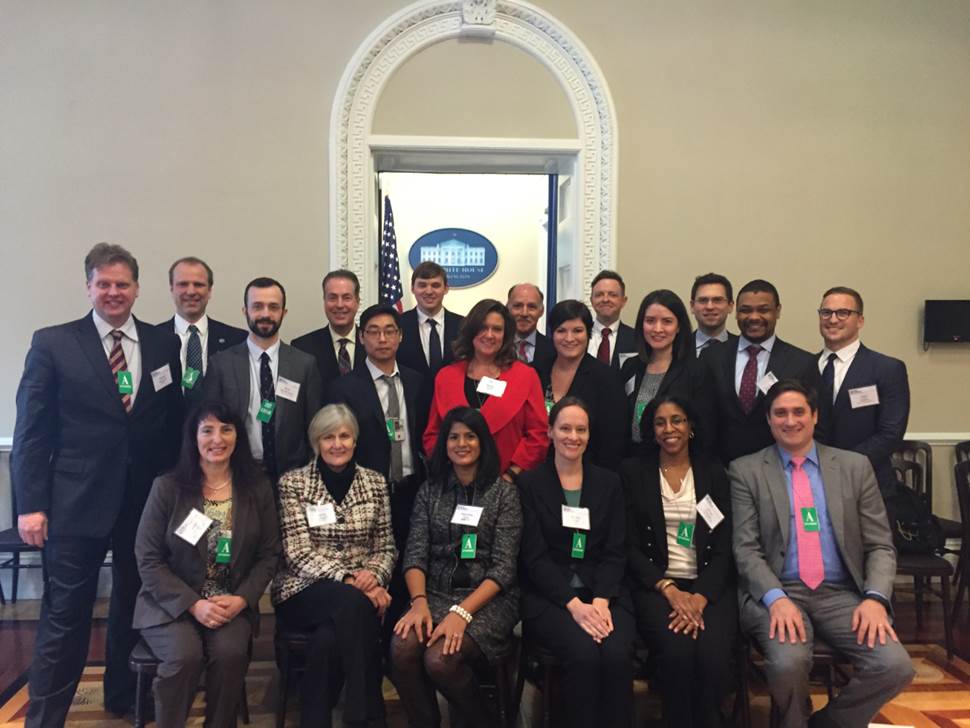
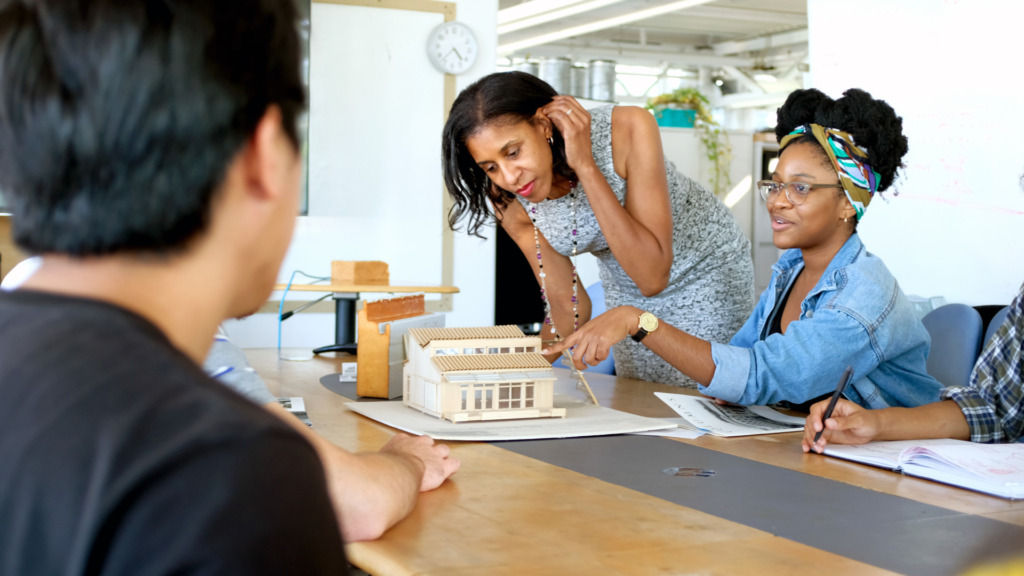
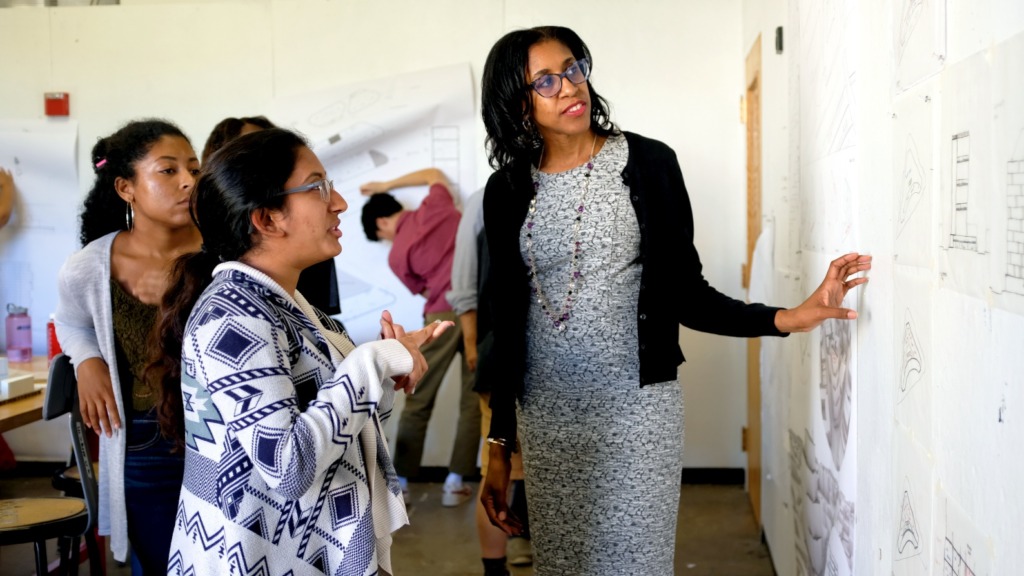
TH: Do you recommend people become a member of NOMA, and if so, why?
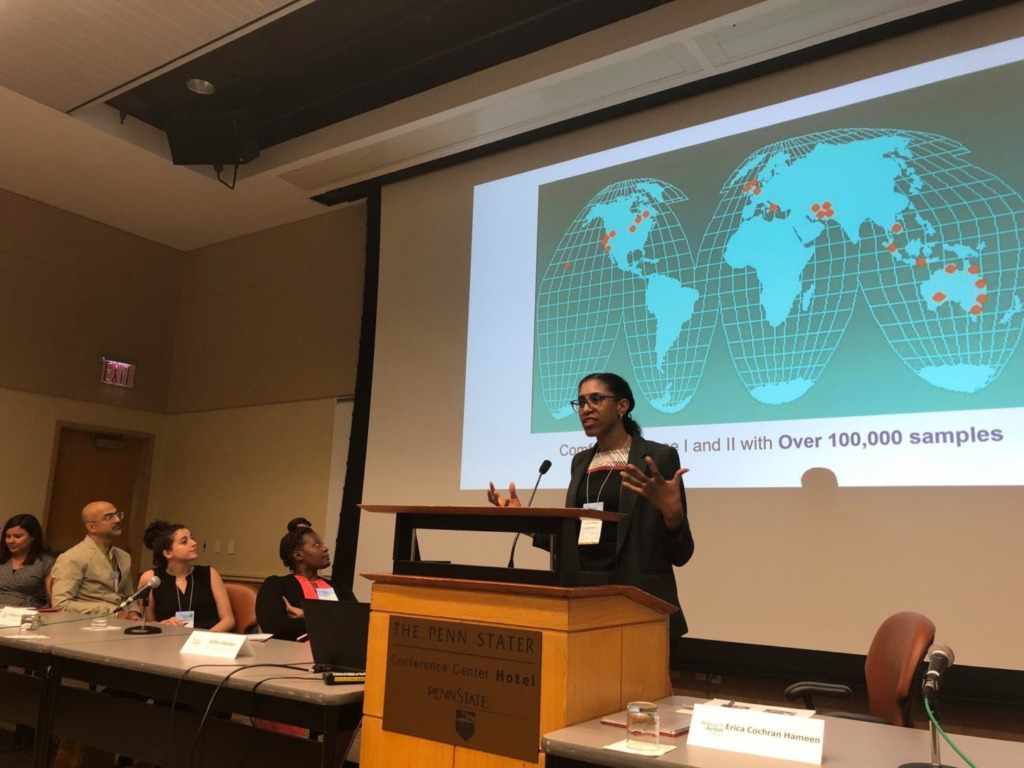
EC: Absolutely! I recommend starting membership at the student level, remaining active after graduation and becoming a professional member. NOMA memberships provide the opportunities for a wide range of professional connections and an opportunity to mentor young Architects. Remaining active and attending local chapter meetings and national conferences also provides tremendous learning and professional development workshops as well as opportunities to learn the history of Black Pioneers and Trailblazers in Architecture.
TH: What advice do you have for our NOMAS membership, as they begin their young careers?
EC: Join NOMA and remain active! For students, your classmates and NOMAS members will be the leaders and firm owners you collaborate with in the future. Reach out to NOMA members, invite us to your studio critiques, and keep in touch with us during all stages of your career. Find mentors and ask lots of questions. Share your experiences with others. Your struggles, challenges and successes can inspire your fellow classmates and NOMA members. Know that all of us have faced challenges and obstacles, but we achieved our successes by never giving up. Architecture is filled with many pathways and opportunities to be a part of the greater Architecture community. Find your own path and develop a network of support that will help you complete your journey to success. Your path is your own and the NOMA family can help you along your way.


Each submission gets timestamped with EST time and gets a unique identifier
assigned, example:
S10056


Your ID: S12312312






This notification means your entry was sent successfully to the system for review and processing.
If you have any further questions or comments, reach out to us via the main contact form on the site
Have a great day!







New to NOMA?
Create your account
Already have an account?
Sign in

Not A NOMA Member? Click Here!
Create your account
